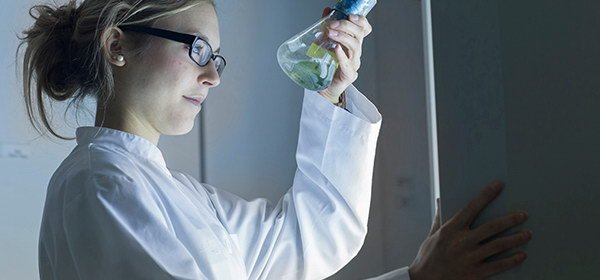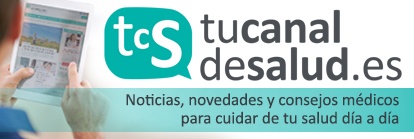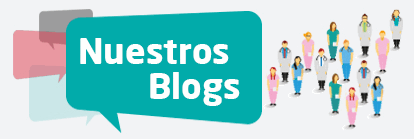Pain Unit
1.- How did the Pain Unit in the Hospital Quirónsalud Torrevieja arise?
Over the years, in this center, conversations had been held about the possibility of having an UDO, without ever reaching a specific statement.
It is because of the creation of the Column Unit, when this possibility is contemplated. This unit, always saw as a need within the concept of multidisciplinary approach of the patient, counting both with a UDO, as with the Rehabilitation service. Therefore, the patients who were initially seen in the UDO were spinal patients.
Over time, different specialties of the center have been aware of the existence of such consultation, and patients have been referred to it. Thus, in the last months we have treated patients from Digestive, Neurology, General Surgery, and more recently, Oncology. It has been this evolution that has shown that the Hospital Quirónsalud Torrevieja does need to have a unit that deals with the patient with chronic pain.
2.- What patients are treated in the UDO?
Patients with chronic pain, that is, patients with pain of six months or longer, or who have not responded adequately to a 2nd or 3rd step of the WHO therapeutic scale, either by insufficient response or by appearance of unwanted effects.
It must be borne in mind that chronic pain is not a symptom, but a disease in itself, which will not only affect the physical sphere of the patient, but also interfere with the psychological and social sphere.
3.- What treatments are done in the UDO?
- Non-interventionist: Pharmacological. Drug associations.
- Interventionist: When there is no good response to the previous ones, either due to lack of response or secondary education, in many cases it can be used as an implementation of pharmacological treatment.
4.- What pain pictures are treated?
The most frequent cause of pain that we see in our unit is that related to spinal pathology. Patients with pain are also seen in relation to degenerative joint processes, neuralgia (postherpetic, trigeminal, entrapment, headache, facial pain, complex regional pain (algodystrophy), ischemic pain in lower limbs, pain visceral, perineal pain and cancer pain.
5.- What techniques are carried out?
A wide range of techniques are performed, which either in isolation or associated with pharmacological treatment, will allow us to control chronic pain in a more effective way.
Some examples are:
- Epidural blockages.
- Selective root blocks.
- Peripheral nerve blocks.
- Catheters for central blocks and continuous blocks of peripheral nerves.
- Radiofrequency of cervical, dorsal and lumbar facets.
- Intra-articular and intradiscal radiofrequency.
- Pulsed radiofrequency of the root ganglion, peripheral nerve and epidural.
- Implantation of epidural electrodes and subcutaneous electrodes for peripheral stimulation.
- Implantation of pumps for intrathecal perfusion of drugs for treatment of pain and spasticity.
6.- Reflections about the UDO.
We are fully convinced that the Hospital Quirónsalud Torrevieja needs to have a UDO. Proof of this is the gradual increase in the number of patients requesting this type of treatment, and as I said before, it is no longer just patients generated from the U de Columna, but patients coming from other specialties. On the other hand, note that all hospitals in our environment dedicated to private medicine, have a unit of these characteristics, so dsiponen Pain Unit at the Vistahermosa Clinic, Medimar Clinic, and the Perpetual Help of Alicante. And the IMED hospital in Elche also plans to open a unit.
The UDO can not be understood as an isolated entity. This means that you will need to interact with the different specialties of the center (Column Unit, Internal Medicine, Oncology, Neurology, General Surgery, Vascular Surgery, Radiology Service, Rehabilitation Service, Radiotherapy Service, etc.) to manage your patients, which can mean a flow of inter-service patients.
The different services should see the UDO as an opportunity that can help them better manage their patients.
Hospital Quirónsalud Torrevieja
© 2024 Quirónsalud - All rights reserved























